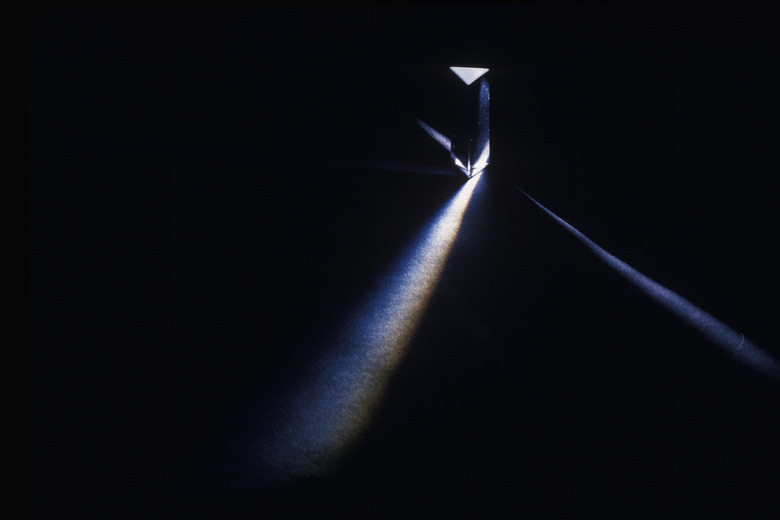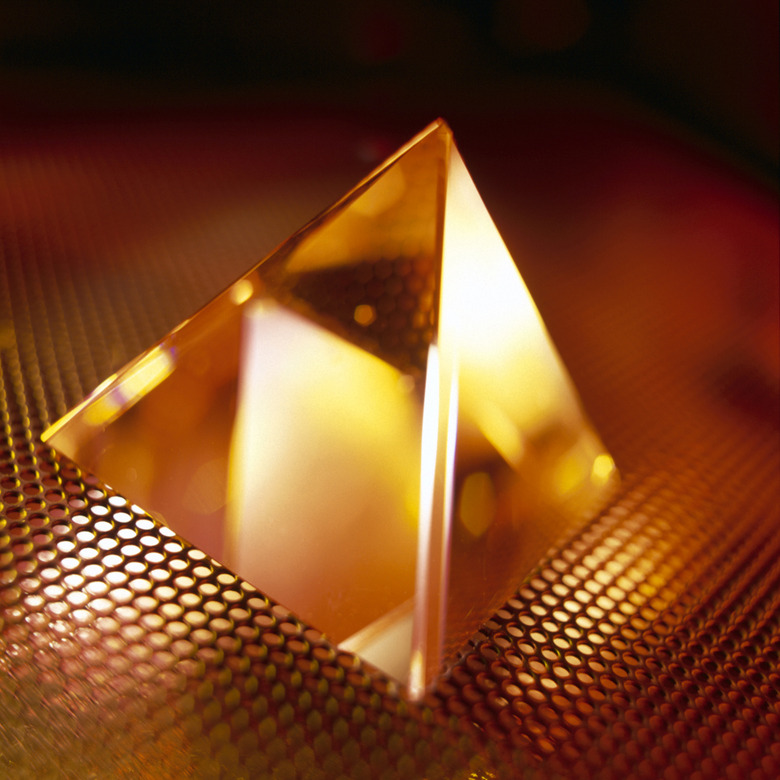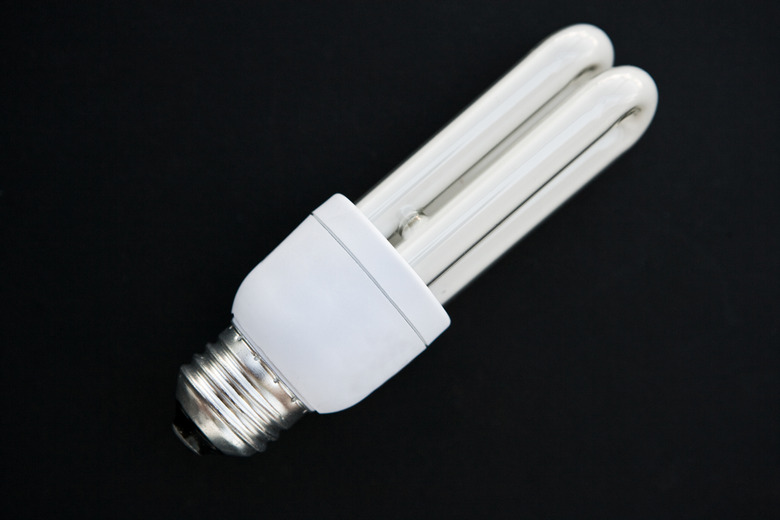Prisms Experiments
Prisms are common objects in our daily lives. Used for decorative, scientific and practical purposes, prisms are just about everywhere. Prisms also have a lot to offer as tools for science experiments. With a few inexpensive prisms and other materials, you can perform several of these experiments to show a range of optical phenomena.
Refraction Experiments
Refraction Experiments
Prisms work by bending, or refracting, the light that hits them. There are several simple experiments you can do to show examples of this refraction. With a small, triangular prism, you can most easily show this effect. Get a piece of paper on which there is clear, fairly large writing. Hold the prism a short distance over the paper. You will need to experiment to determine the best distance for this, but it should not be more than a few inches. Looking through the prism, you should be able to read the words on the paper, but their location will appear different than when you are looking at the paper directly. Measure the angle by which the words have been refracted with a protractor. If you have several different prisms, you can check to see if different angles of refraction are produced.
Rainbow Experiments
Rainbow Experiments
The most famous effect of prisms is the rainbow. The refraction of light that occurs in a prism also has the result of splitting white light into its component colors. This splitting is because different wavelengths of light travel at different speeds when crossing into a new medium (such as the glass of a prism). A simple experiment involving rainbows is to show how rainbows always exhibit the same colors in the same order. Shine a bright white light directly onto a prism. Place a white piece of paper opposite the light to catch the rainbow. Using several different prisms, record the rainbow colors that you see. Make sure to note the order of the colors.
You can also recreate Isaac Newton's famous prism experiment. When you shine the white light onto one prism, a rainbow is produced. Instead of projecting that rainbow onto a white surface, aim the rainbow so that it directly hits a second prism. Place the white surface behind the second prism so that light will hit it. You may need to adjust the prisms to line them up carefully. You will find that the second prism refracts the light again. This should produce the effect of combining the colors of the rainbow back into white light.
Spectrum experiments
Spectrum experiments
You can analyze the spectrum of a chemical using a special type of prism known as a diffraction grating. Place a light source that is burning a particular chemical or element (possible examples include sodium lamps or fluorescent lighting). Aim the light so that it passes through a diffraction grating and onto a flat screen. You will see a rainbow spectrum on the screen as a result. If white light is observed in this way, you should see a typical rainbow. If you look at a single-chemical light source, you will also see bright lines in the rainbow. These are called emission lines and are specific to the chemicals that produce them. Compare the observed lines with known lines for specific chemicals to determine the composition of your light source.
Cite This Article
MLA
Brown, Laurel. "Prisms Experiments" sciencing.com, https://www.sciencing.com/prisms-experiments-5414891/. 24 April 2017.
APA
Brown, Laurel. (2017, April 24). Prisms Experiments. sciencing.com. Retrieved from https://www.sciencing.com/prisms-experiments-5414891/
Chicago
Brown, Laurel. Prisms Experiments last modified August 30, 2022. https://www.sciencing.com/prisms-experiments-5414891/



